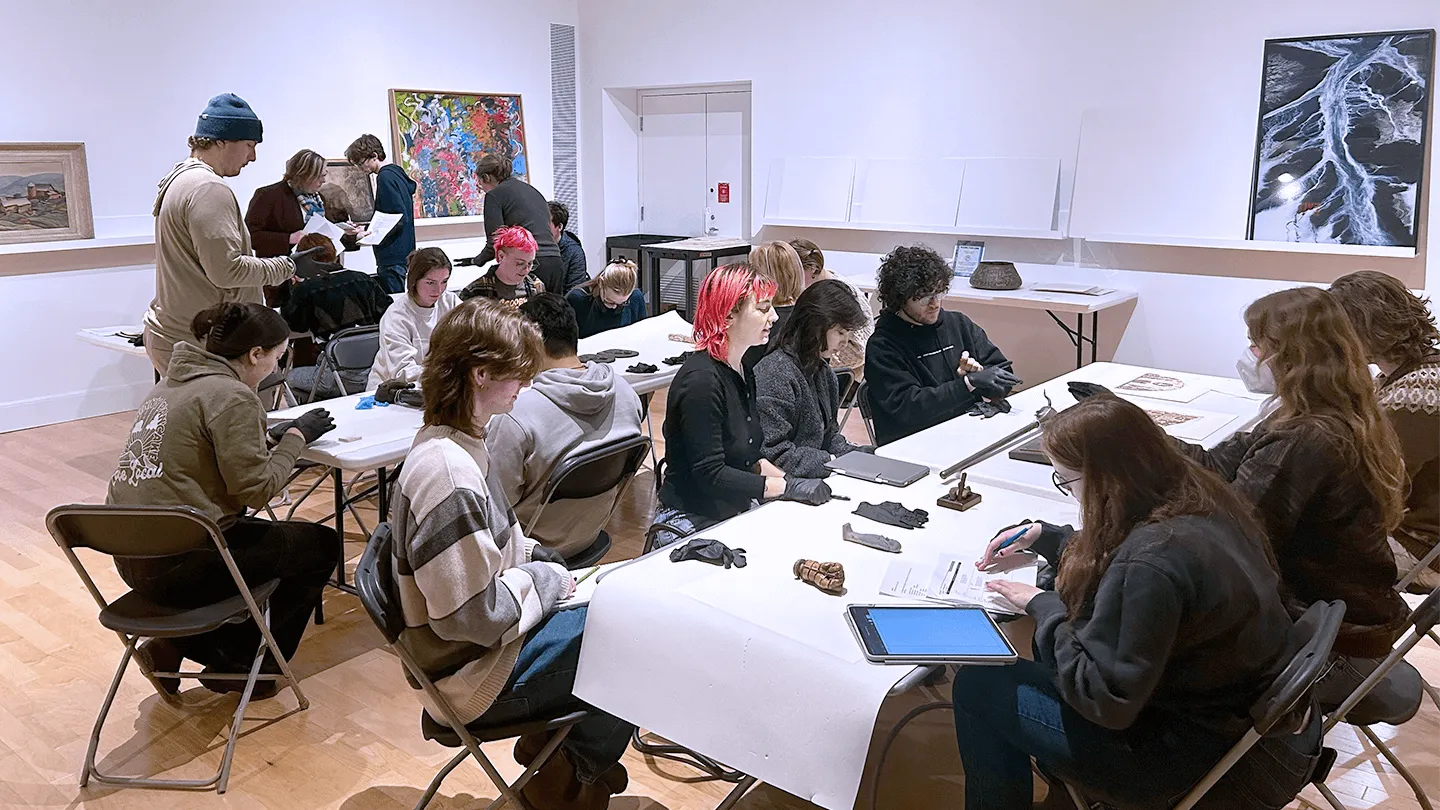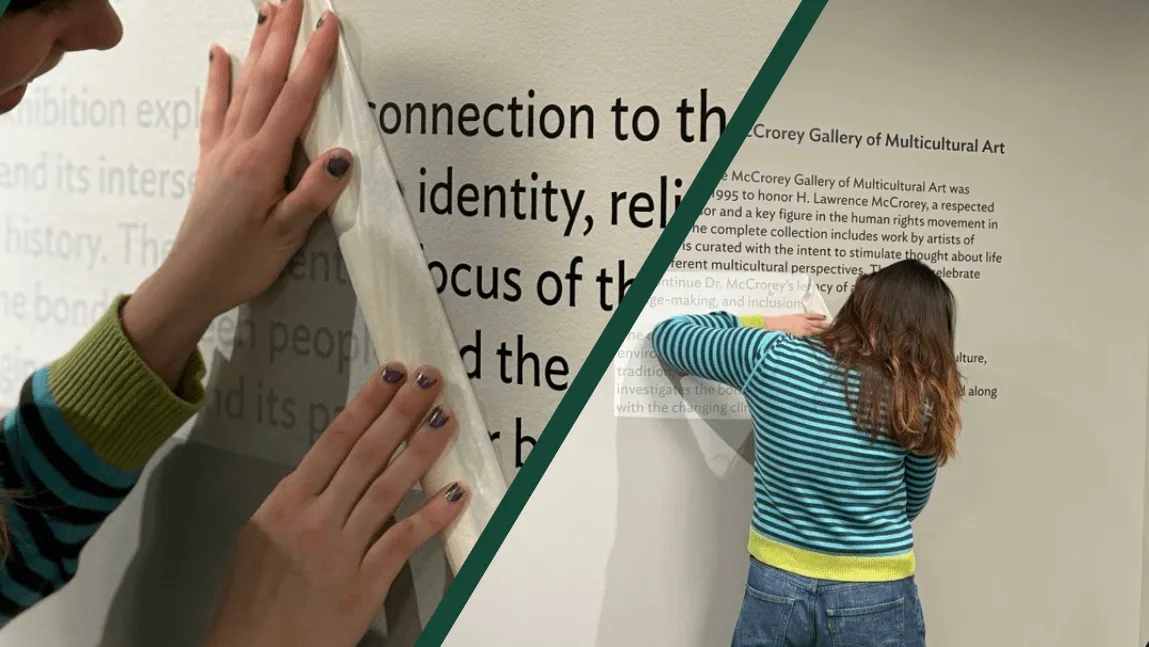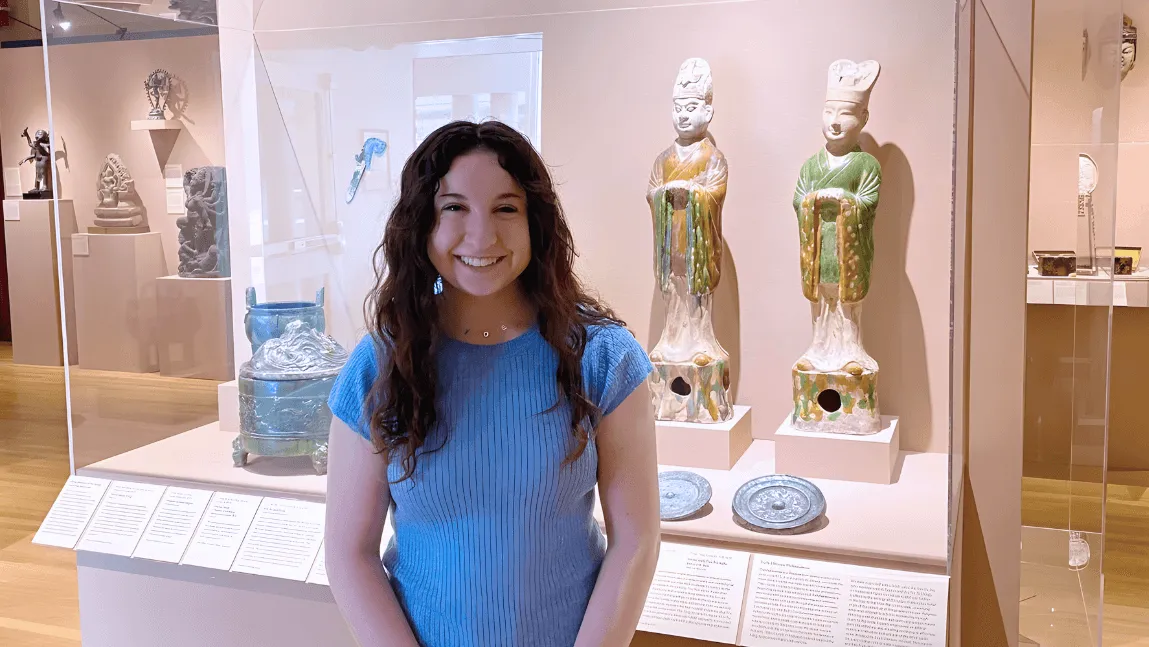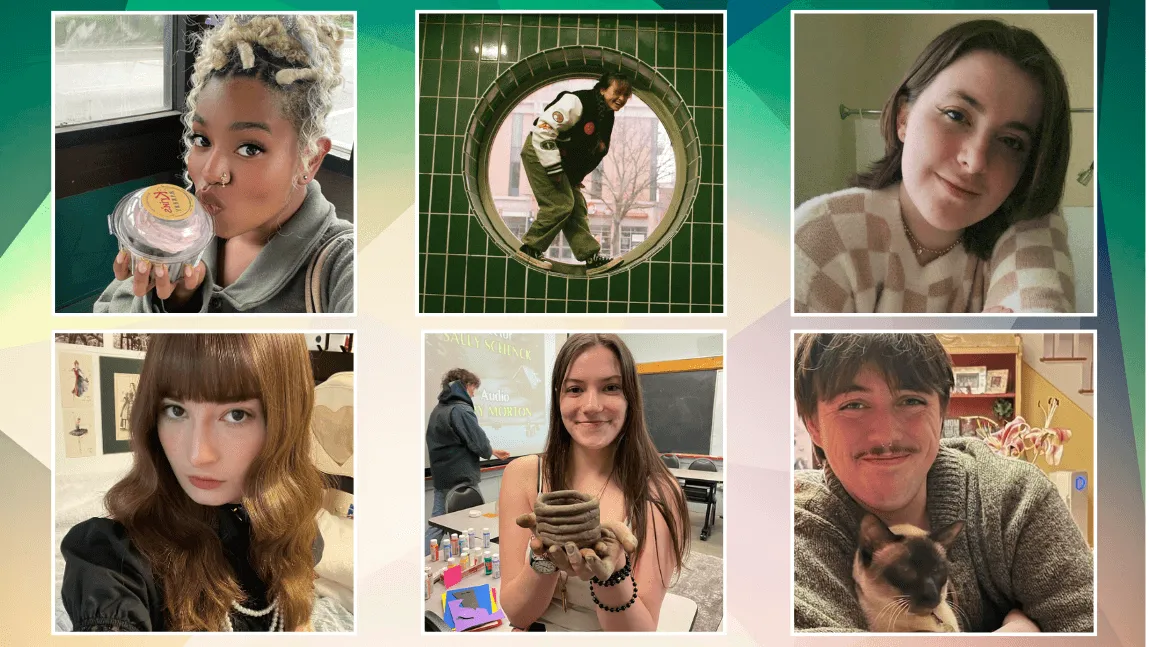Vision Statement
Vision Statement
Created in complement to UVM’s mission and commitment to Inclusive Excellence, we believe the Fleming Museum of Art is a meeting place for inspired learning and critical thinking. Fleming Reimagined is the values-based framework we use to cultivate an inclusive environment and interrogate traditional museum practices. As an expansion of the classroom, the museum can be both a place of joy and a space to hold challenging conversations—in fact, art always has and always will do both.
Since it was first introduced in 2022, Fleming Reimagined has been envisioned as a living document, as an evolving practice, and one that will only continue to be more interconnected through community participation and organizational self-reflection. Everything we do—from selecting art and artists for exhibition, to creating dynamic public programming and events, to providing continued opportunities for learning and teaching—requires our attention to this work and a commitment to continually assess and communicate it along the way.
Below are the guideposts we use to evaluate our past and current efforts as we envision a future at the Fleming which exemplifies Our Common Ground values.
Building trust
For us, building trust at the Fleming starts with listening to and engaging with our campus and community on what matters most to them and removing barriers of access as much as possible. This has included offering ongoing free admission, implementing better documenting and data processes, collecting visitor feedback regularly, and increasing accessibility accommodations.
It also has meant reaching out with intention to our campus partners, offering tours to Staff Council and Council of the Deans as one example, as well as participating in larger UVM events, such as UVM Weekend, to increase awareness about the Museum and grow in partnership with the UVM community.
Maintaining transparency
At the Fleming we are working towards a high level of transparency starting from the inside out. Our staff holds regular meetings on the critical issues facing museums today, including material sharing and discussion on how we can not only meet requirements but exceed them.
We have also added, and will continue to add, information on our website and in the galleries regarding our Founding Collections, NAGPRA, Nazi-Era Provenance research, and more. Most recently, an external researcher has completed work on several high-needs objects, including paintings that changed ownership in Europe during the Nazi era, which we are working to properly archive and make accessible.
Evolving as a responsive space
As a small yet mighty team of eight full-time staff along with a cohort of student employees, we are engaged daily with our ongoing efforts to revitalize the Museum’s spaces and to evolve our teaching and learning offerings.
From the reinstallation of the Collections Gallery, to presenting exhibitions that expand access, such as PRAXIS which exclusively featured UVM faculty, or Never Spoken Again, which investigates the very idea of museums and the objects and stories held within. Our team has also overhauled our Exhibitions Proposal process and cultivated meaningful relationships with community organizations such as the Howard Center Arts Collective and Champlain Valley Office of Economic Opportunity (CVOEO).
Latest from the Fleming Museum of Art
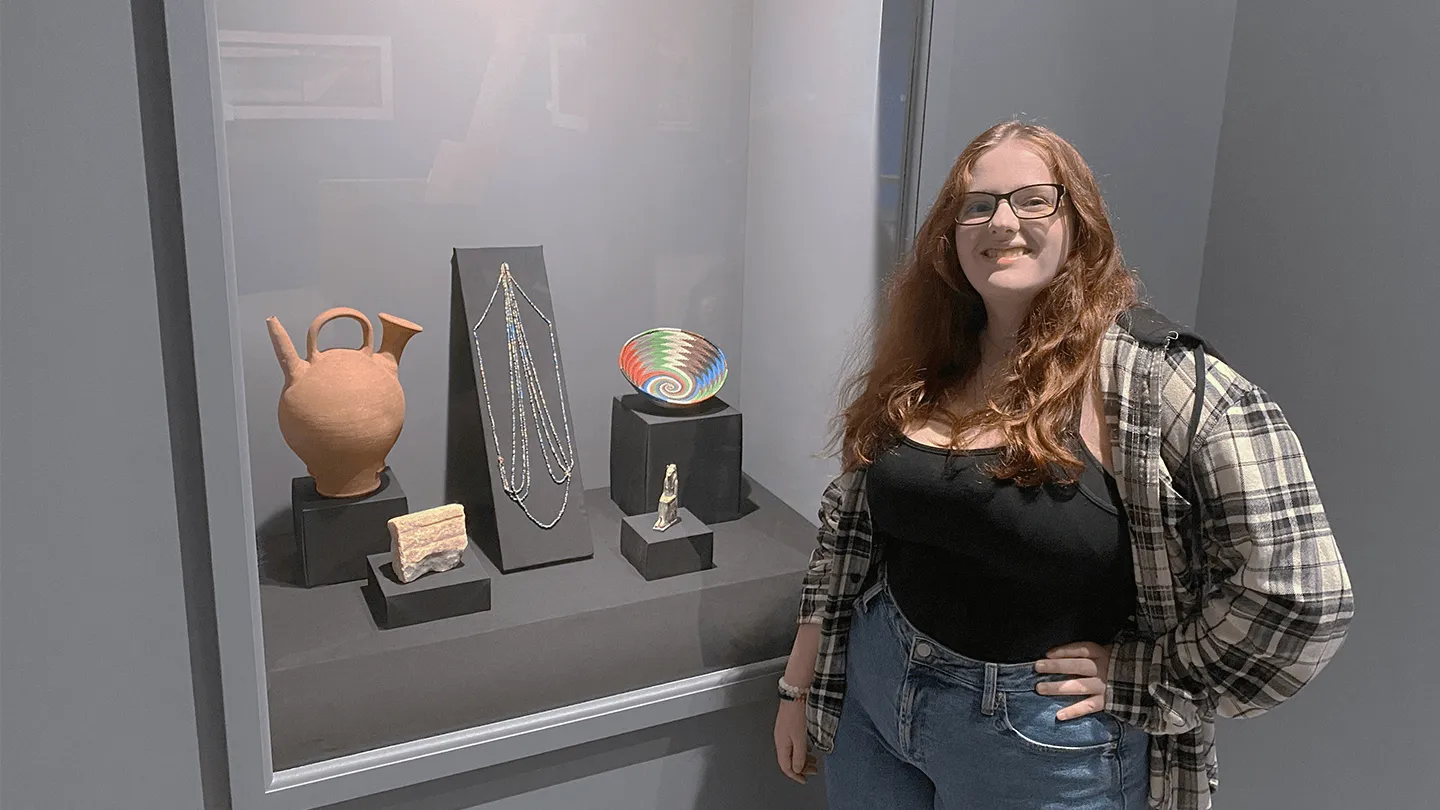
Unveiling Ancient (and Exhibition) History: Inside the Fleming Museum with Tura Furrow-Scott '25
